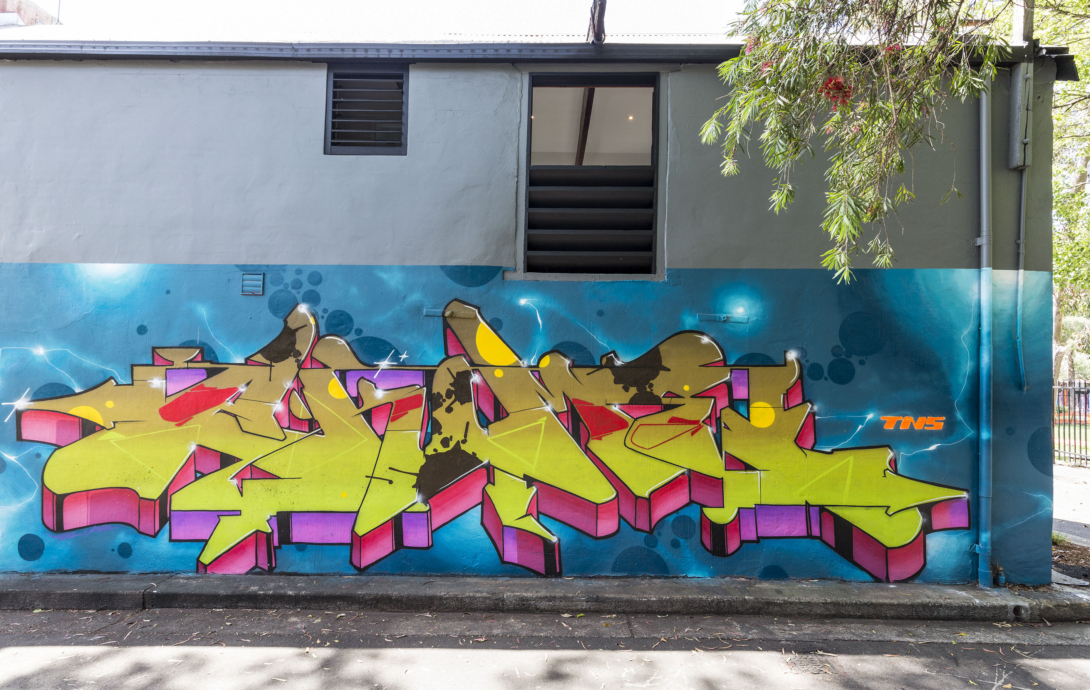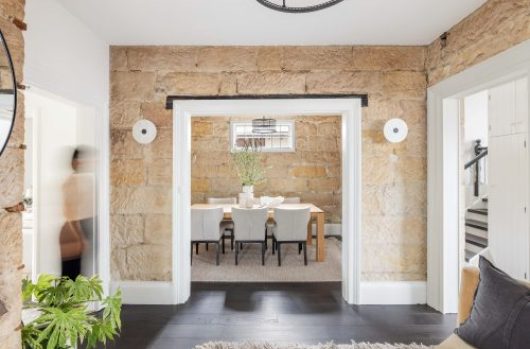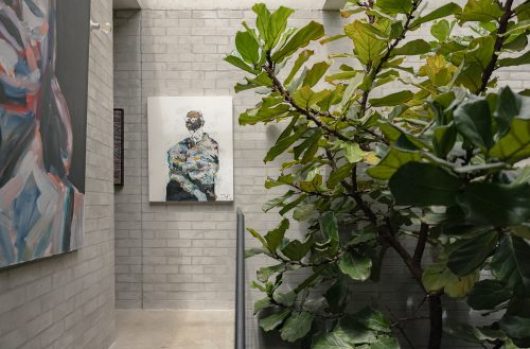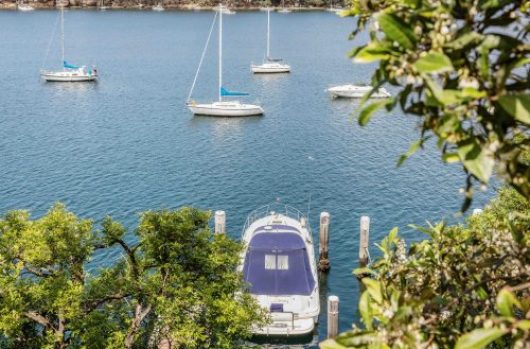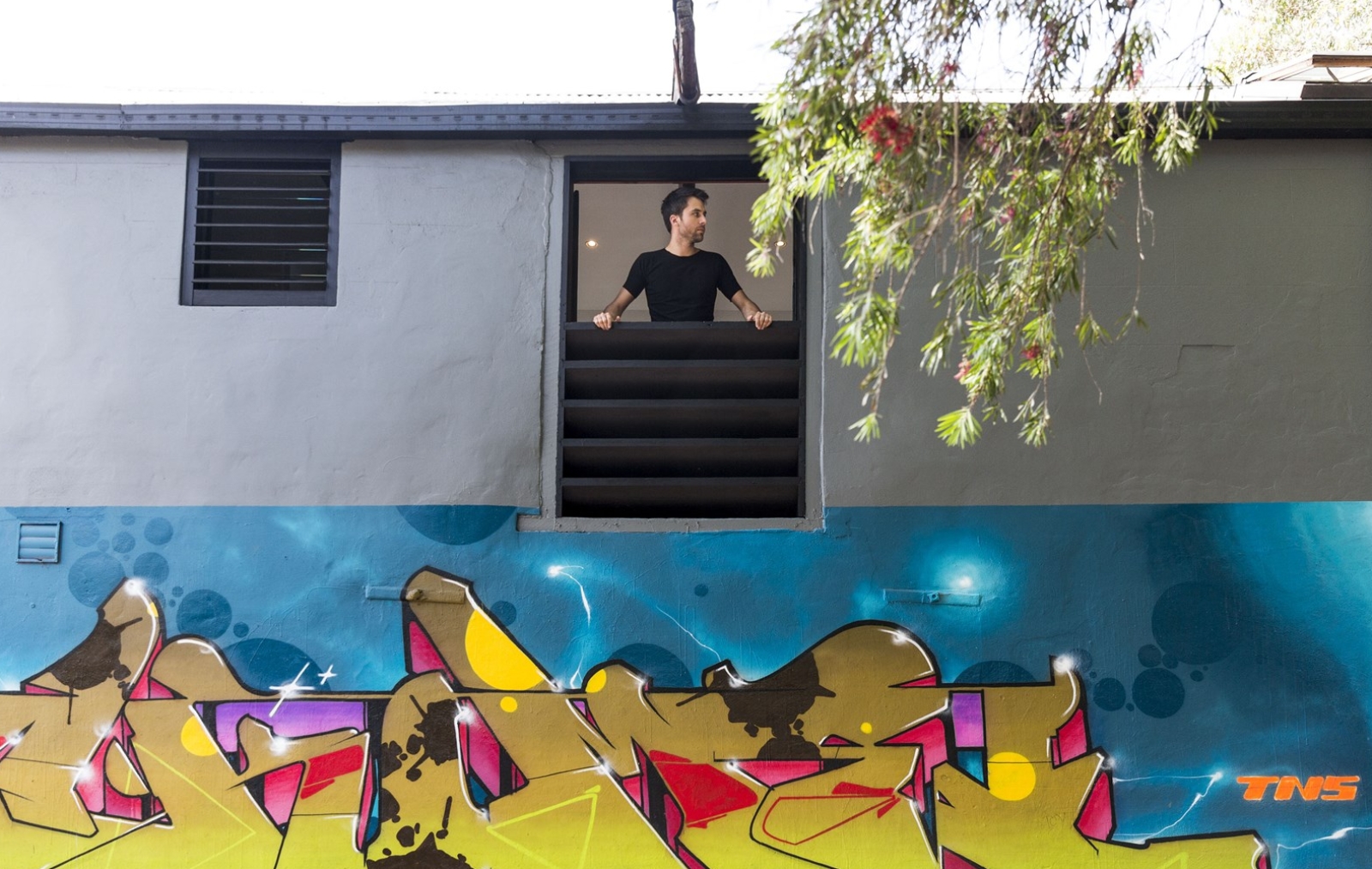
Buried past in homes & warehouses
If every home has a story, warehouse homes come with an opus.
This terrace at Woolloomooloo was once rumoured to belong to Sydney gangster/madam Tilly Devine. And this Marrickville house is passing down the toils of tradespeople better known for Merrivale’s restaurant fitouts.
But warehouses are where true mystique gets revealed, or goes unsolved. That’s where neighbours come in off the street with insights about how a home came to be. Sometimes it’s documented. Other times the past is sketchy and full of cracks.
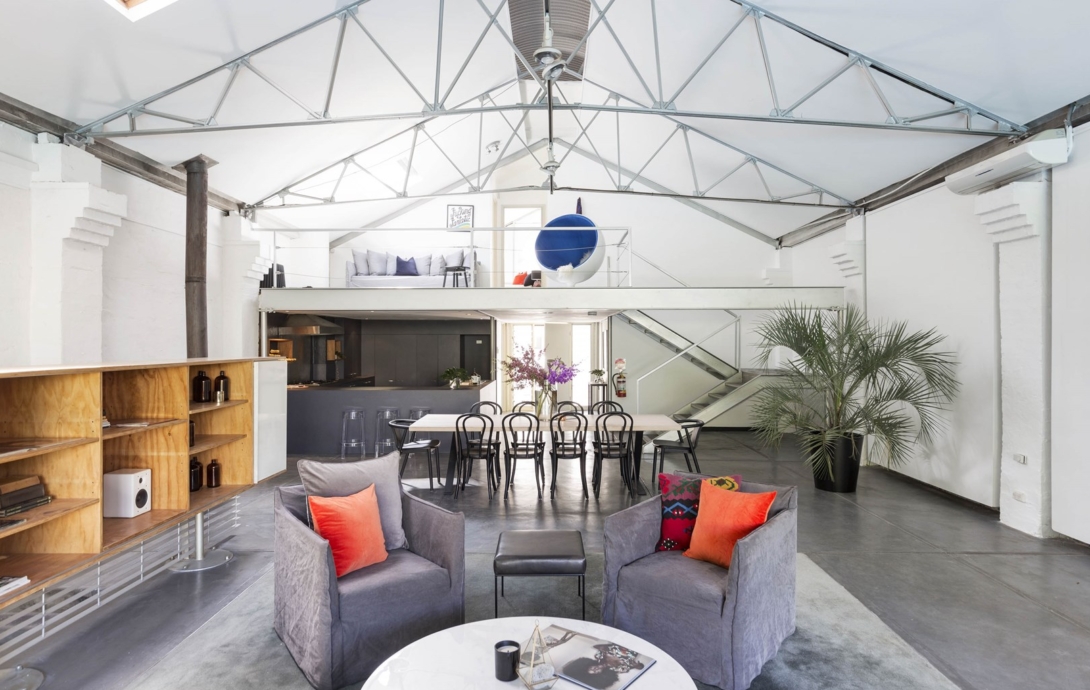
It took some digging when listed for sale, but this warehouse residence in Newtown was known as ‘Barrett House’ when first redesigned by Allen Jack + Cottier architects.
A 1981 conversion, it was a former factory amid a mix of industrial and residential. Converted to a residence and photographic studio, the idea was to enhance the spatial and structural legibility of the original warehouse construction.
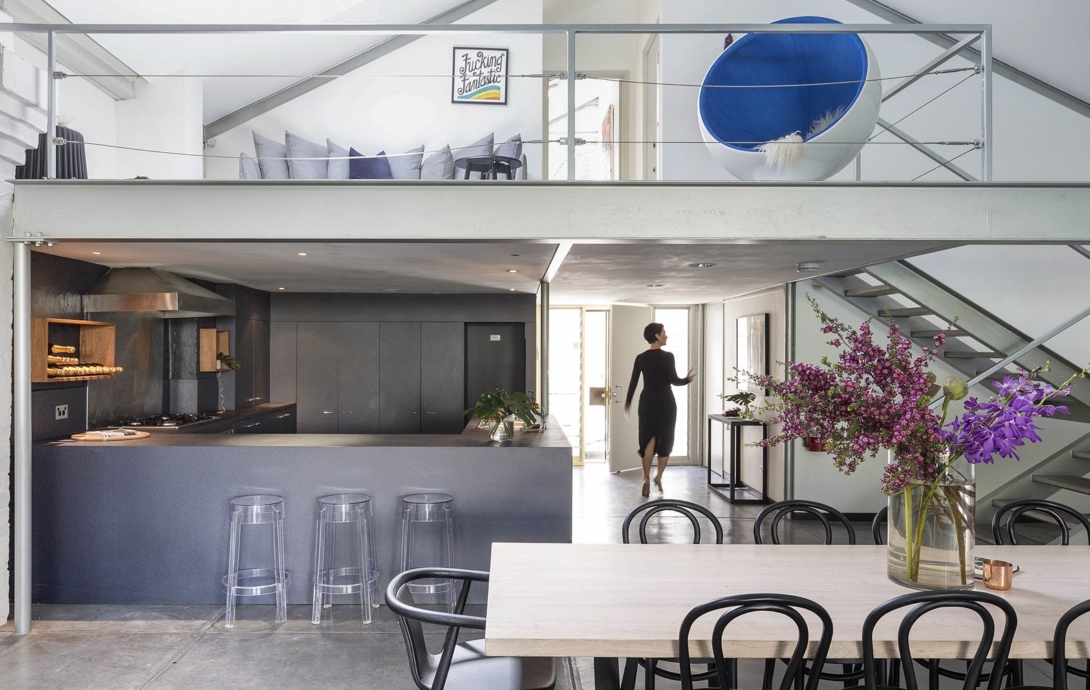
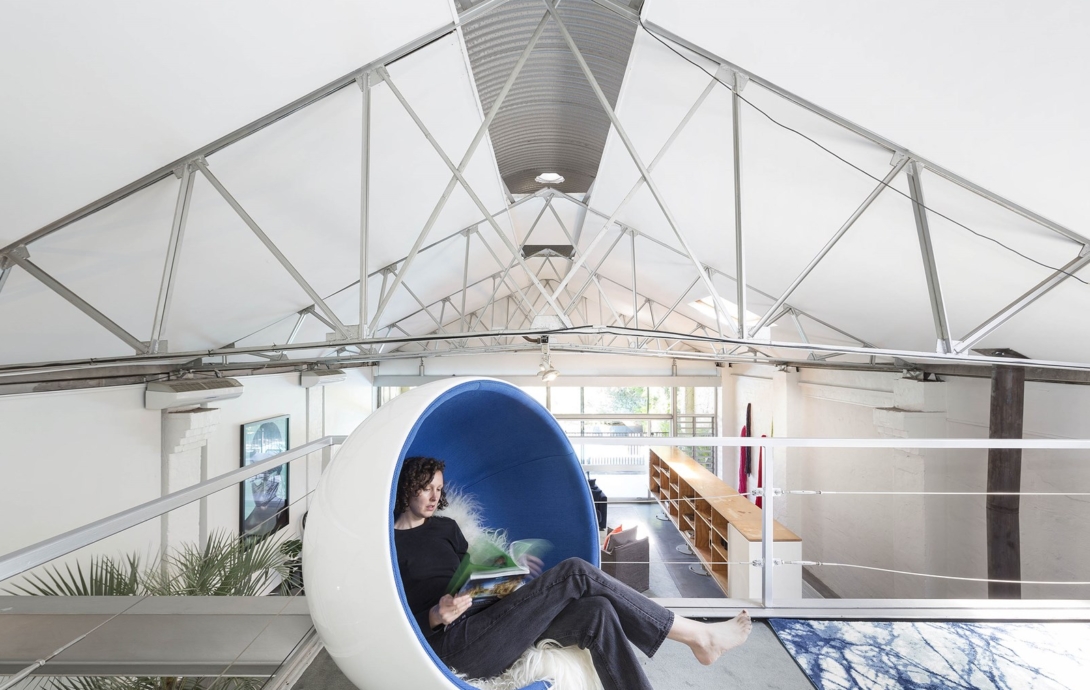
Three distinct zones were created within the factory. The rear was demolished to form a garden and swimming pool, the central bays were left open to accommodate a combined studio and living area and a mezzanine floor was inserted at the front for bedrooms, kitchen, garage and service areas.
Between then and now in the ‘90s, Midnight Oil drummer Rob Hirst also called the building home.
One suburb over, this Forest Lodge home was once a mechanic workshop before NSW Health used the building as a government storage facility. In a residential pocket, it somehow survived as a warehouse while plenty of surrounding structures met their bulldozer demise.
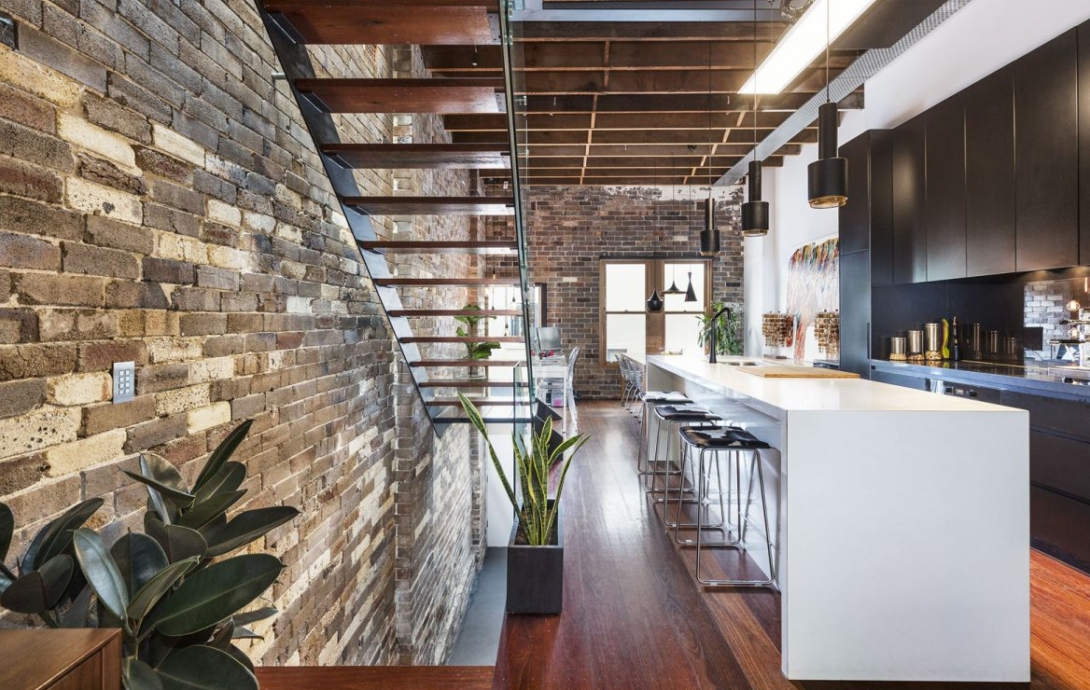
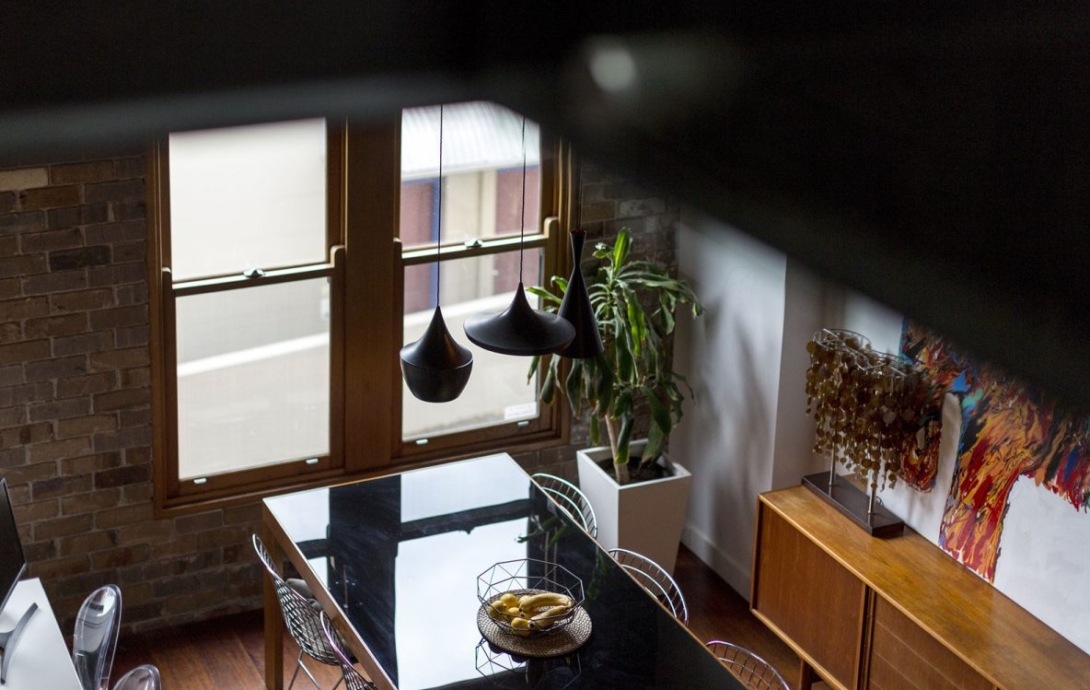
Being a more modern conversion, this one survived not being turned into apartments. The new owners can now enjoy a Torrens Title home, within an old warehouse frame, with one of the more high-end fitouts around.
In the inner city, finding a house built within an old horse stables is unique. But this Glebe residence wears that history with pride.
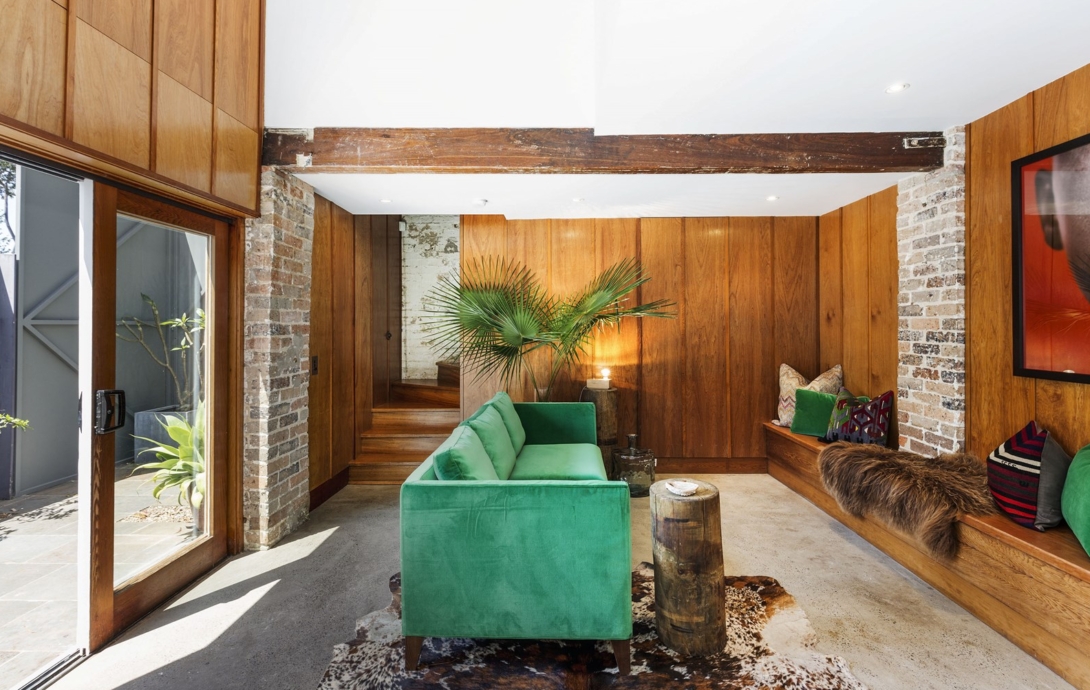
To the rear of the buildings on Glebe Point Road, there were a number of stables for both recreational and race-bred horses. Wentworth Park opened in 1882 and the Harold Park racetrack opened in 1902.
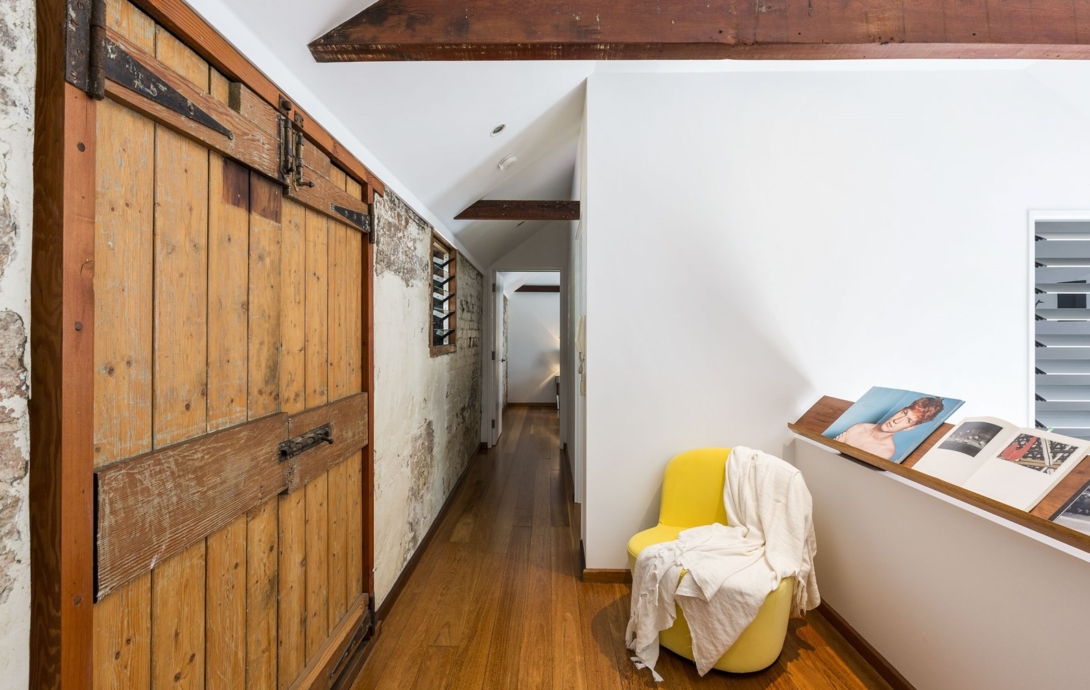
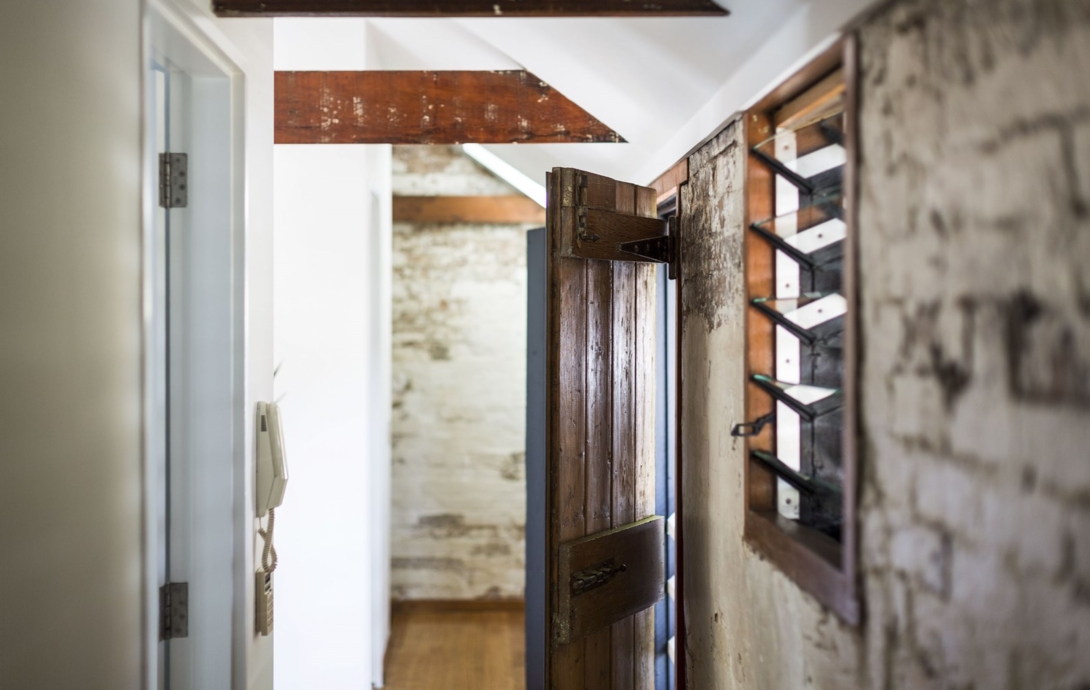
Built around 1850, this particular stable house would have been amid cereal crops and vegetable farms. The area became dotted with elegant dwellings and pleasure farms as privileged families sought to escape the grime of the Sydney CBD of the early 1800s.
It’s impressive to see the original timber beams & hayloft doors still remain. At the rear of the building, a mural from graffiti artist Greg Rohan transports this home well into the 2017 Sydney we know and love.
